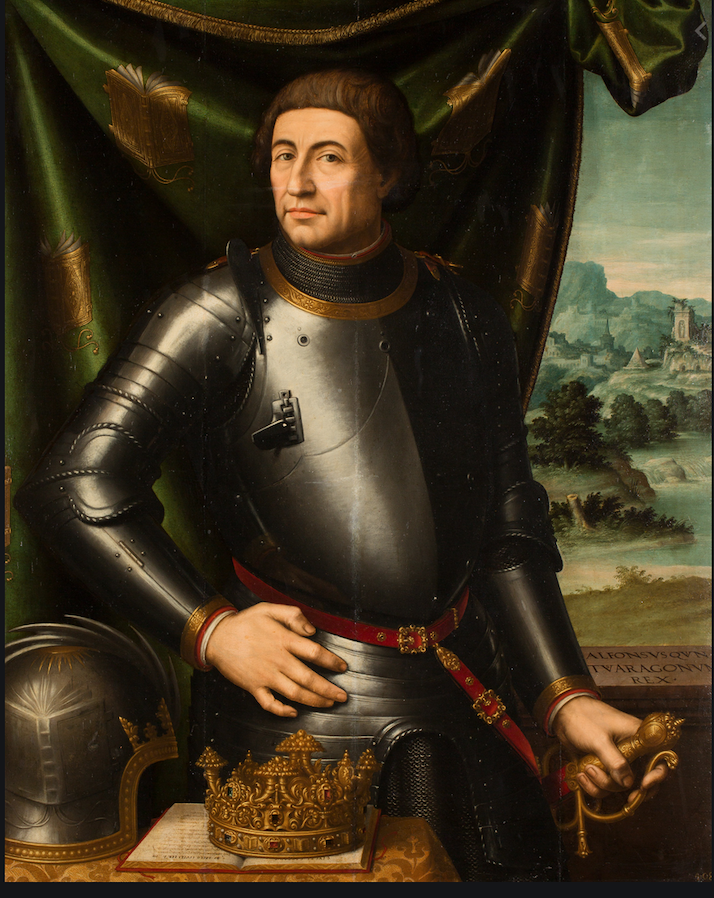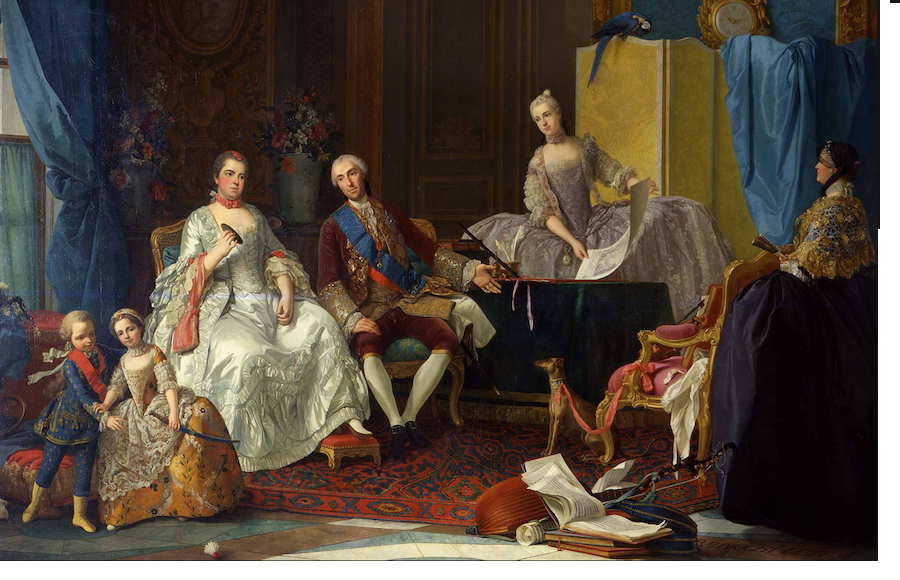(9-minutes read time)
We’ve had nearly a thousand years of Italian migration to Valencia until the point today they are the city’s largest single immigrant tribe. In the first of a two-part series, Stefano Reposi traces the beginnings of the Italian exodus to our shores…
Before the 14th century, contacts between Italians and Valencia were sporadic. The first Italians to reach the east coast of Spain around the 12th century were mainly businessmen from Genova, followed by the Pisans and the Fiorentinis in the 13th century. The second half of the 14th century marked a turning point between Valencia and the most iconic Italian merchant cities at the time: thanks to its strategic position and the commercial treaties established with the Genoans, it swiftly became one of the most important trading points along the Mediterranean shore.
It was also the headquarters of Italy’s biggest merchant houses, merely working as an executive centre until the 15th century, playing second fiddle to the more important port, Barcelona. When the Catalan Civil War broke out in 1462, many Italian businessmen decided to move their financial and human resources out of Barcelona, intimidated by Alfonso the Magnanimous’ political oppression, and instead chose Valencia.
The last decades of the 15th century were marked by a massive influx of traders and bankers as well as textile manufacturers and master craftsmen from Lombardy, Florence, Venice and especially Genoa. Even if it was hard for businessmen representing large merchant enterprises and banking firms to settle down in Valencia, most of the textile manufactures and master craftsmen working in silk manufacturing decided to move into the city, causing a major breakthrough in local textile industries. Particularly significant was the art of working silk imported by Genovese weavers and mercers. Specialist workers and entrepreneurs were encouraged to come in order to contribute to the growth of the city by means of tax relief policies. As a result of its strategic position that offered a crucial outlet on the Mediterranean for goods exported/imported by Andalucía and Castilla, as well as an essential collection centre for Mediterranean products intended for Flemish countries, Italians established commercial channels in naval and land routes around Valencia.

Throughout Valencia’s history Italians played an important role in politics too.
As an outgrowth of the political achievements made by the Crown of Aragon and Bourbons inside of Italian territory, many Italians were taken on by the 18th century Spanish administration. The huge importance of the rank of the General Captain inside the Bourbons’ organisational chart provided a further boost to the people with a peerage, allowing Italians to hold important leadership roles.
Spain’s army was made up of multinational soldiers. It was customary to reward the bravest one with political posts within the government administration.
This encouraged the affiliation of people born on the Italian Peninsula and its adjacent islands to positions of power. Some of them came to hold very important positions, such as the Duke of Grimaldi, who came to be Chief Minister of Spain in 1763 and took an active role in making decisions that actually affected the political course of the monarchy after its defeat during the Seven Years War. The rank of General Captain in Valencia was not the only one that had Italians among its number; a few army generals from the Italian Peninsula were created in Catalunya, Aragon and Extremadura.
The unification of Italy in 1861 and the subsequent redistribution of land resulted in the first massive migration of Italians to the Americas. Switzerland and Belgium were the main destinations after the end of World War II in 1945 till the 1970’s, in what is known as the second biggest emigration wave in the history of the country. During the Spanish Civil War, Valencia was one of hardest hit areas, being the de facto capital of the Republicans who were loyal to the left-leaning Popular Front, and was brutally affected by the air strikes carried out by Francisco Franco’s rebel army and his international allies. The Italian Air Force Regia Aeronautica was responsible for the shelling of Valencia on 31 October, 1938, and for the aerial bombing of the train station in Xàtiva, a town located in the south of Valencian Community, on 12 February, 1939, that effectively marked the end of the Civil War.
As of today, according to Spanish National Statistics Institute Office (INE, January 2020), there are about 28,237 Italians living in the Community of Valencia, with 15,714 in the city of Valencia.
Italians represent the expatriate population in Valencia that has increased the most since the financial crisis of 2008. As a consequence of the difficulty of fitting into Italy’s difficult labour market and the desire to wriggle out of the stifling tax burden imposed by the government, an ever-increasing number of Italians moved to Valencia in the past decade.
The widespread presence of urban green spaces, the quality of its public transport, a relatively cheap cost of living and warm weather all year round are just a few of the attractions offered by the city to anyone (Italian or not) who’s engaged in the negotiation of the work–life balance and the pursuit of a more fulfilling life.
STEFANO REPOSI
Freelance writer from Turin and, latterly, Valencia, now studying for a master’s with Italy’s best-selling newspaper Corriere della Sera




hey there and thank you for your info – I’ve definitely picked up anything new from right here.
I did however expertise a few technical issues using this site, since I experienced to reload the site
a lot of times previous to I could get it
to load correctly. I had been wondering if your web host is OK?
Not that I’m complaining, but slow loading instances times will sometimes affect your placement in google and can damage your quality score
if advertising and marketing with Adwords. Anyway I am adding this RSS to my e-mail and can look out for
much more of your respective fascinating content.
Make sure you update this again soon.. Escape roomy lista